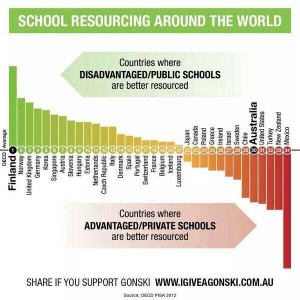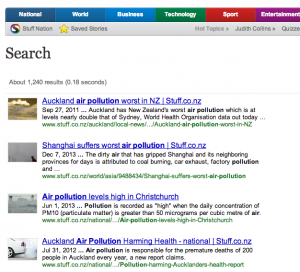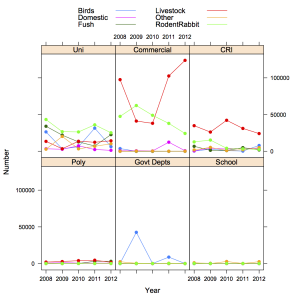Distrust the center
Automated location information can be very useful, but if the ‘location’ is an area and the automated result is a single point, it’s easy to get misled.
- I wrote about an interactive map of vaccine-preventable disease outbreaks, and the pertussis epidemic it maps as being in the Ngaanyatjarra lands in Australia’s Western Desert.
- Mapping mentions of ‘Nigeria’ to the centre of the country was one of the problems of the 538 piece on kidnappings last week
- An analysis relating right-wing politics to porn viewing, among its other issues, had a lot of users mapped to Kansas, because that’s where the centre of the USA is.
- Wayne Dobson, who lives in Las Vegas, doesn’t have your cell phone. His house is where a lot of ‘uncertain location’ phone positions get mapped to.



